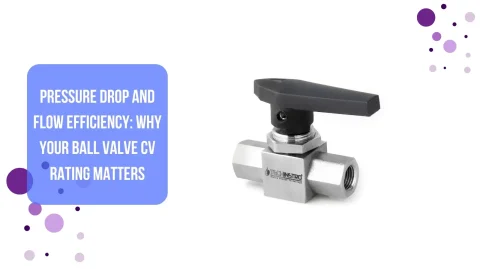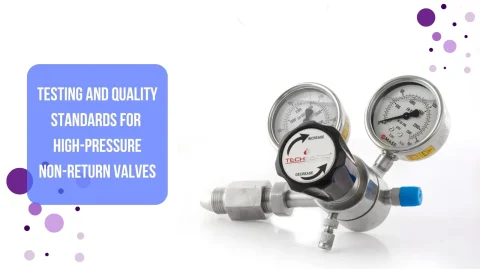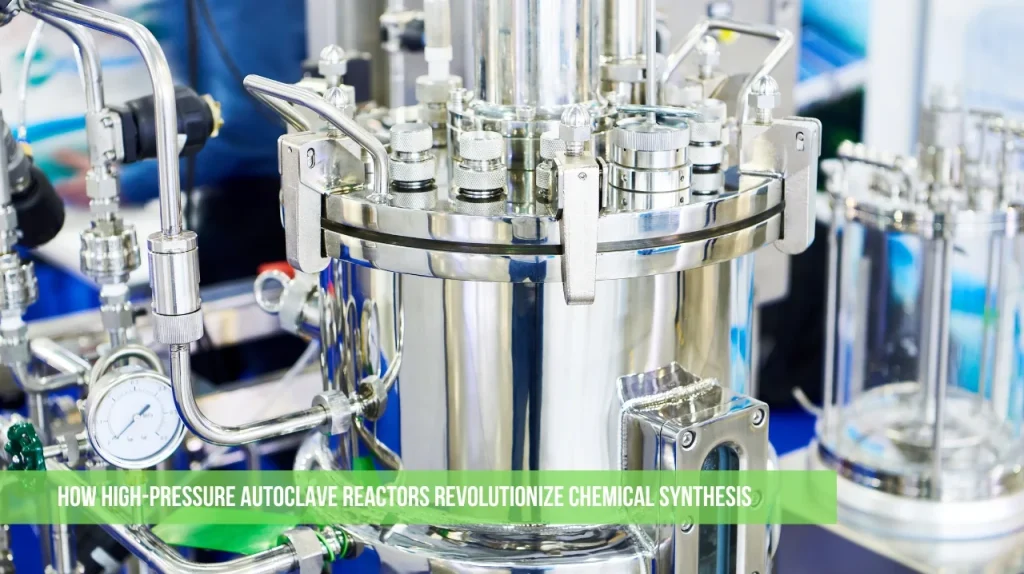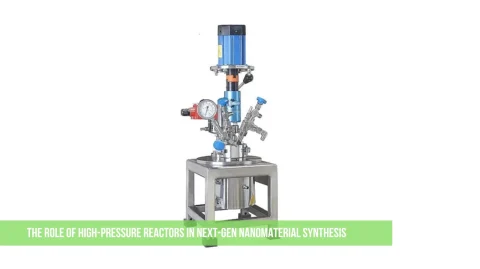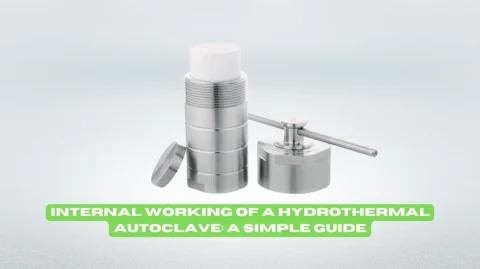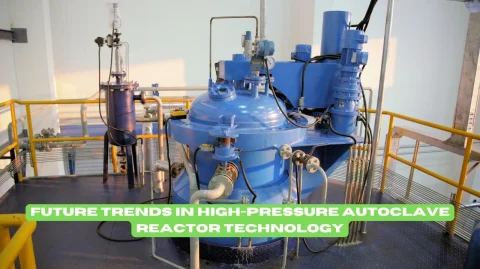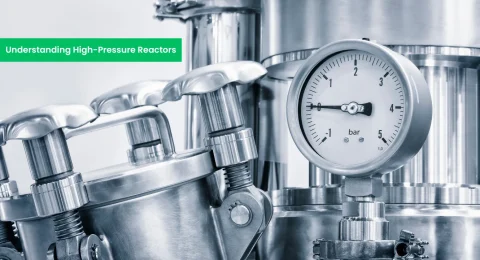High-pressure autoclave reactors transform how chemists create new materials, drugs, and industrial compounds. These powerful vessels allow scientists to perform reactions under previously impossible conditions—leading to faster reactions, purer products, and groundbreaking discoveries.
Unlocking New Reactions with Extreme Conditions
Why Pressure Matters
Many chemical reactions typically take days or weeks at standard Pressure and can happen in hours or even minutes inside an autoclave reactor. By increasing Pressure (often up to 100-500 bar or more), these reactors:
- Speed up reaction rates – Molecules collide more frequently under Pressure.
- Enable reactions that wouldn’t occur at normal Pressure – Some chemicals only react under extreme conditions.
- Improve yields – Higher Pressure can push reactions toward the desired product.
Example: Hydrogenation Made Easy
Usually, adding hydrogen to molecules (like turning vegetable oil into margarine) requires expensive catalysts.
With high-pressure autoclaves, the same reactions happen faster and cheaper, even without rare metal catalysts.
Buy High Pressure Autoclave Reactor
Better Control = Purer Products
Precision Synthesis
Autoclave reactors let scientists fine-tune conditions like:
- Temperature (from room temp to 500°C+)
- Pressure (adjustable for different reactions)
- Gas environment (hydrogen, oxygen, nitrogen—whatever the reaction needs)
This control means:
- Fewer unwanted byproducts – Reactions stay on track.
- More consistent results – Critical for pharmaceuticals and nanomaterials.
Example: Drug Manufacturing
Many life-saving drugs require ultra-pure compounds.
Autoclave reactors help produce cleaner, higher-quality active ingredients.
Green Chemistry: Safer & More Sustainable
Reducing Waste & Energy Use
- Less solvent needed – High Pressure can replace toxic solvents.
- Lower temperatures – Some reactions that needed extreme heat now work at milder temps.
- Recycling gases – Unreacted hydrogen or CO₂ can be captured and reused.
Example: CO₂ as a Solvent
Typically, harmful organic solvents are used in many reactions.
Under high Pressure, CO₂ becomes a green solvent, eliminating toxic waste.
Making Impossible Materials Possible
Nanomaterials & Advanced Compounds
Autoclave reactors are key for creating:
- Graphene & carbon nanotubes – Used in electronics, batteries, and super-strong materials.
- Metal-organic frameworks (MOFs) – For capturing CO₂ or storing hydrogen fuel.
- High-performance polymers – Stronger plastics, heat-resistant coatings.
Example: Superhard Diamonds
Normal diamond synthesis requires massive Pressure.
Autoclave reactors make lab-grown diamonds faster and cheaper than traditional methods.
Scaling Up Without Losing Quality
From Lab to Industry
- Small-scale discovery – Test reactions in a benchtop autoclave.
- Easy scale-up – The same conditions work in larger reactors.
- Fewer failed batches – Precise control means reliable production.
Example: Bulk Chemical Production
Companies now use large autoclave reactors to make tons of specialty chemicals with the same precision as lab experiments.
The Future: Smarter, Faster, Greener
Autoclave reactors keep evolving with:
- Automation – Self-adjusting Pressure and temperature.
- AI optimization – Machines learn the best reaction conditions.
- New materials – Stronger reactors for even more extreme chemistry.
Conclusion:
High-pressure autoclave reactors are not just tools—they’re game-changers. From life-saving drugs to futuristic nanomaterials, they’re helping scientists push the boundaries of what chemistry can do.
